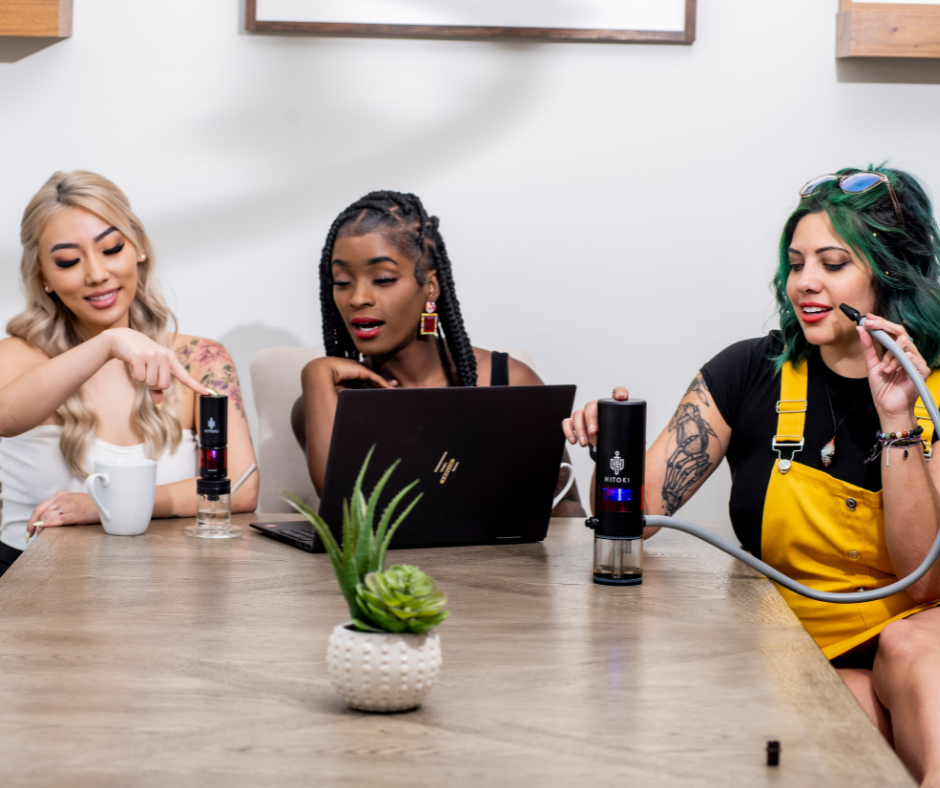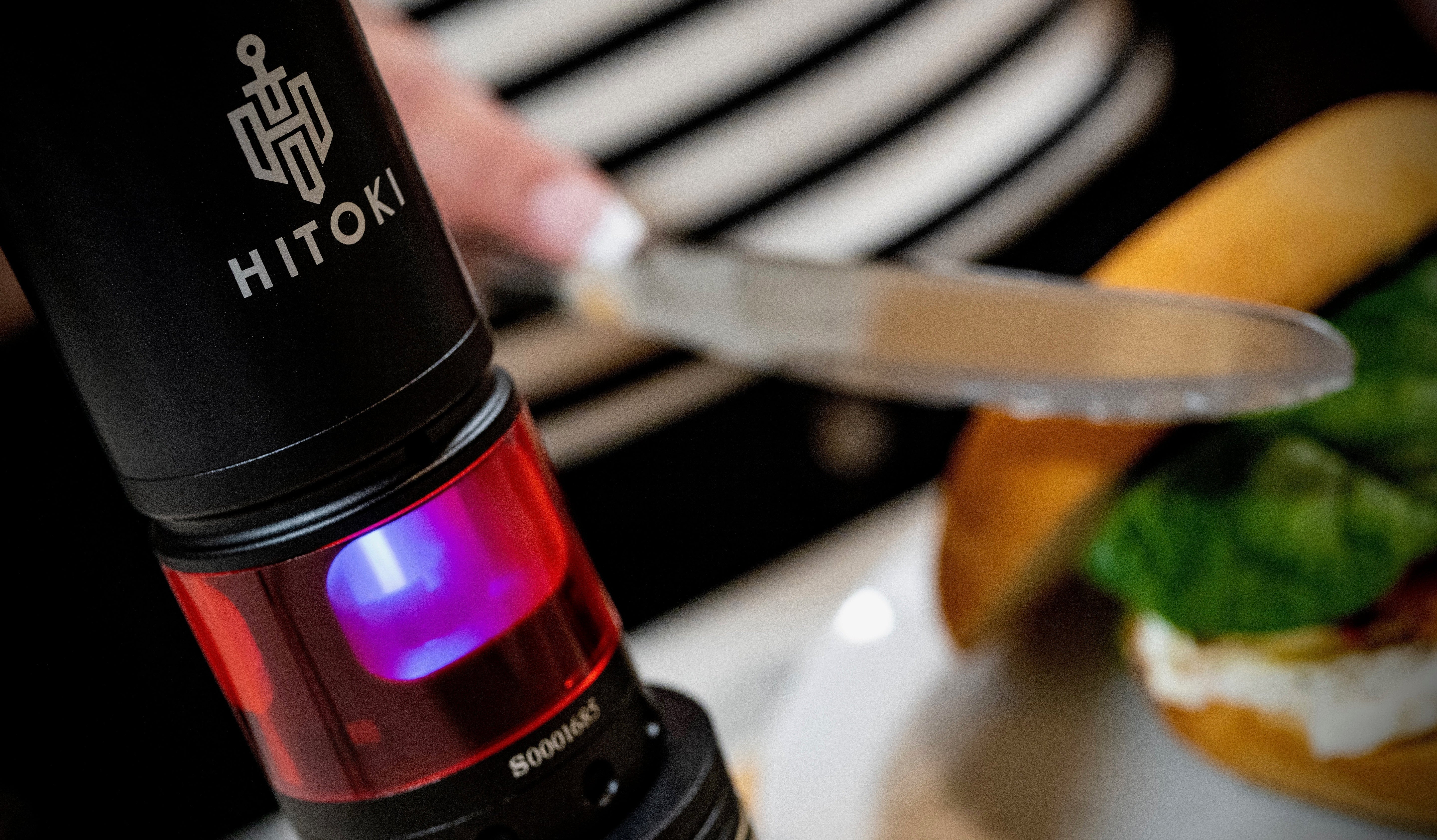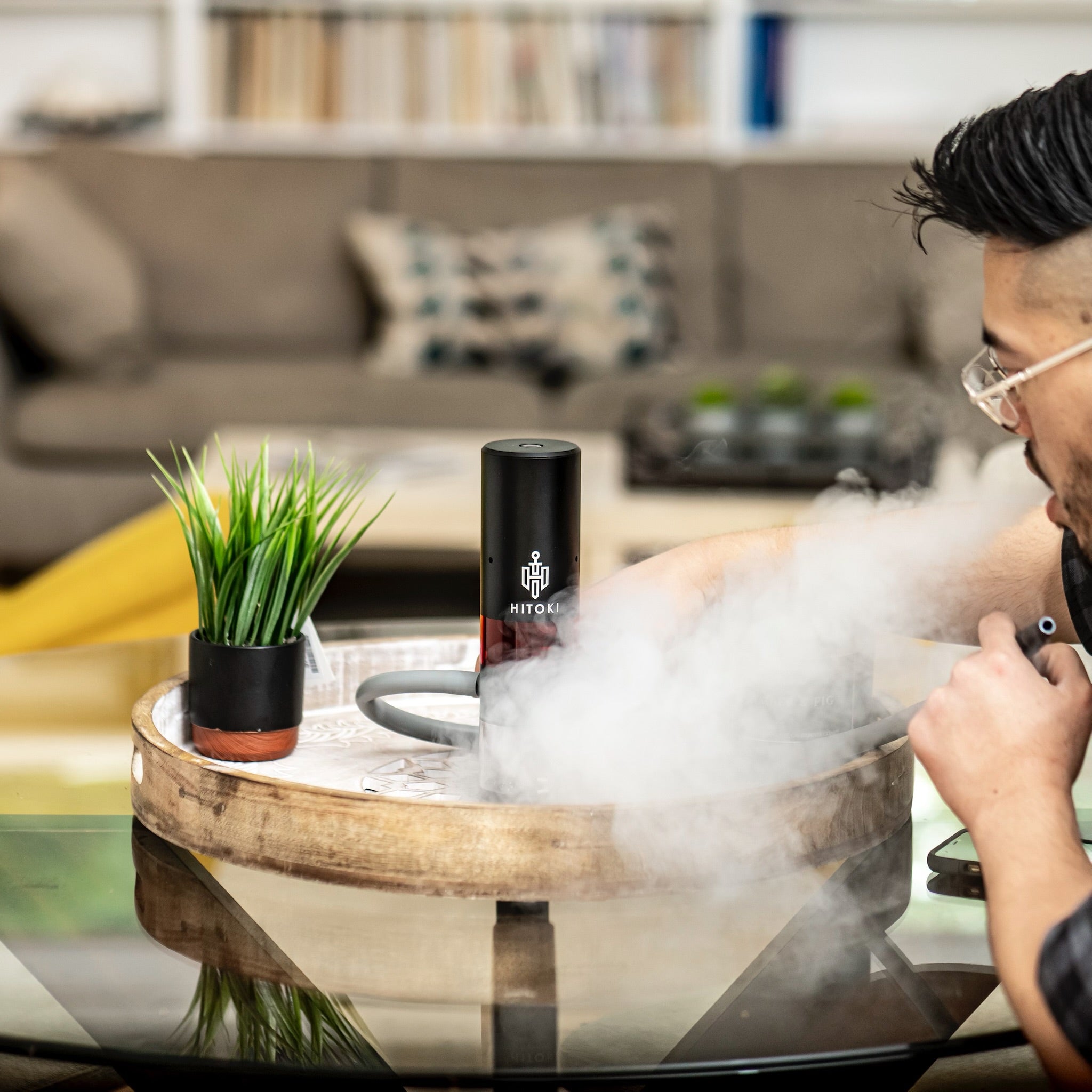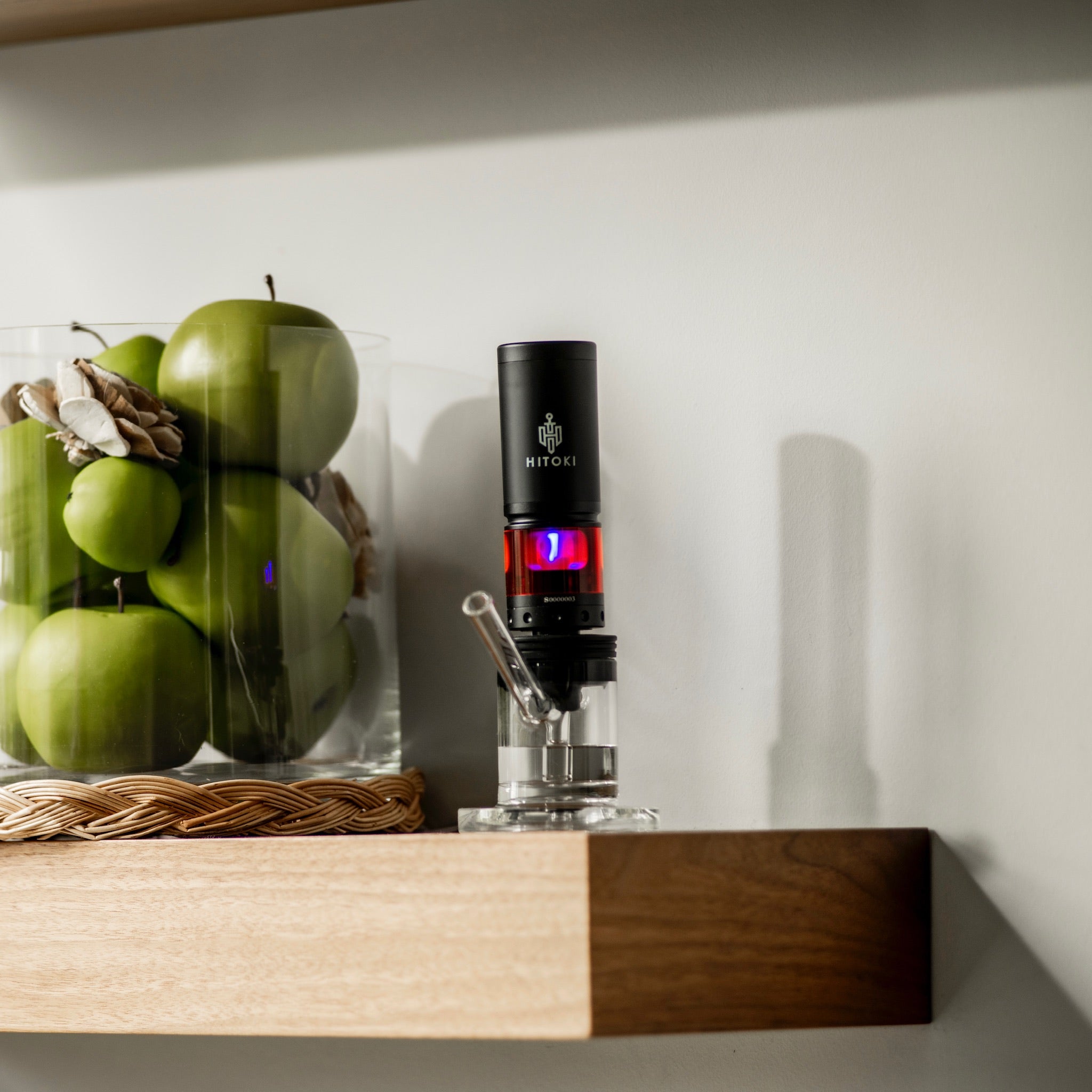In pop culture, cannabis consumption has long been linked to happy-go-lucky young men as if cannabis culture is restricted to the male gender. However, the world of cannabis and the people who consume this amazing plant is much more diverse. Women are no strangers to cannabis as a medical or recreational product. Women have contributed a lot to the legal cannabis industry in terms of innovation, social acceptance, and continued growth.

It’s Women’s History Month, so we’re taking this opportunity to highlight some of the women, past and present, who found purpose and empowerment in the cultivation, usage, and advocacy of cannabis. For ages, there have been a lot of pioneering women who have broken several glass ceilings, or in this case grass ceilings, in the world of cannabis.
For instance, are you familiar with SHOWTIME’s comedy/drama series, Weeds? Did you know that Mary-Louise Parker’s character, Nancy Botwin, was inspired by a real person? A woman named Dina Browner established a cannabis shop in California, one of the first in the state. However, this achievement is not even close when compared to the cannabis industry’s first woman advocate and leader.

Women and weed – The earliest days
Women’s participation and involvement with cannabis culture go as far back as 3,000 to 1,000 BC in Mesopotamia and ancient Egypt. In fact, between the indicated years, Mesopotamia’s polytheistic societies were matriarchal. They have a high reverence for plants (cannabis included), goddesses, and women.
But when patriarchal invaders came to conquer the lands, polytheistic societies began to fall as monotheistic beliefs started to take root. As a result, matriarchs and female healers were criticized and punished as witches and their harmonious relationship with the cannabis plant was over. This status remained for several millennia.
In ancient Egypt, between approximately 1479 and 1458 BCE, a female pharaoh ruled the country. Her name was Hatshepsut, and she was believed to have used cannabis regularly as medication for menstrual pain. Additionally, the ancient medical text that Egyptians have used since 1550 BCE, known as Ebers Papyrus, also mentions the use of cannabis for women during childbirth. It is said that cannabis consumption can reduce the discomfort and pain that women experience while giving birth.

From ancient Egypt and towards the end of the dark ages, cannabis has been a part of many cultures around the world. In the 12th century, for instance, a German philosopher started cultivating cannabis and creating written materials regarding herbal medicine. The philosopher’s name is Hildegard of Bingen and today she is credited and praised by modern scientists for her advocacy and accurate views regarding the medical advantages of consuming cannabis.
18-19th century cannabis culture
In the 18th and 19th centuries, women started regaining a significant part in cannabis culture once again, particularly after Napoleon invaded Egypt. During this period, several intellectually inclined women began experimenting with cannabis byproduct hashish, which the conquerors took with them to Europe.
Moreover, during her reign, Queen Victoria was said to have used cannabis tinctures to help her sleep and to ease menstrual pain, even though cannabis use was prohibited at this period. The queen’s physician, Dr. J.R. Reynolds, prescribed the cannabis tincture to her royal highness.
Women and the 20th-century cannabis culture
Margaret Mead and the 1960s
One of the most renowned individuals associated with cannabis culture during the 20th century was well-respected American cultural anthropologist Margaret Mead. She not only made a considerable impact in ethnography, but she also had significant contributions to her field and was a serious advocate for the legalization of cannabis. This was significant at that time because cannabis, including the devices for smoking it, was a controversial issue.
Margaret Mead faced Congress in 1969, stating her support for the legalization of medical cannabis. But she stated that cannabis should be legalized for individuals at the age of 16 and up, which resulted in her being mocked because of her stance on the subject. The media at the time sensationalized her statement and this affected her credibility. It was not surprising, as many people at this time still strongly believed cannabis is evil and only used by Black people, Hispanics, and witches. It’s reefer madness!
Mead’s thoughts on the benefits of cannabis consumption were derived from her exhaustive research regarding the role that cannabis plays in various cultures. For example, in her book titled “Coming of Age in Samoa” (circa 1962), she described how young Samoan men gathered during the evenings to partake in smoking cannabis. They would share dry herb smoking devices while sharing stories about their experiences and expressing their feelings.
In her book, Mead emphasized that the practice of consuming cannabis with friends can help develop a sense of bond among young men, as well as make them feel that they’re part of a community. Overall, Margaret Mead’s research and advocacy for cannabis use have helped give an idea of its cultural importance and the role it plays in different societies. Her main argument is that cannabis is neither inherently good nor evil. It’s the abuse that can make it bad. To this day, her insights about cannabis still form the basis of our overall understanding of the consumption of cannabis.
Mary Jane Rathbun and the 1960s and 80s
The aptly named Mary Jane Rathbun was a medical cannabis rights advocate in the 60s. She advocated for the right to legalize cannabis use in the state of California where she became known in the cannabis community as the “Florence Nightingale of the medical marijuana movement.” In the 1980s and during the AIDS epidemic, Mary Jane once again advocated for cannabis by volunteering at the San Francisco General Hospital and illegally offering cannabis-infused brownies to patients fighting AIDS, easing their pain and suffering. This has earned her the nickname “Brownie Mary.”
Mary Jane Rathbun has helped shine a light on the medical benefits of cannabis use over the years. And eventually, she went on to help pass the San Francisco Proposition P (a.k.a. San Francisco medical marijuana initiative) in 1991 and the California Proposition 215 in 1996. These two pieces of legislation have benefited from another pioneering woman in the cannabis industry, Dr. Allyn Howlett, Ph.D.

Dr. Allyn Howlett, Ph.D.
Dr. Allyn Howlett is a renowned biochemical neuropharmacologist. In 1988, she contributed to the revolutionary discovery of the CB1 cannabinoid receptor within the endocannabinoid system. Dr. Howlett’s research has helped identify the connection between the cannabinoids found in the cannabis plant and the receptors in the human brain that respond to it. This significant discovery has helped expand our cultural understanding of how cannabis works and why.
Additionally, the discovery also offered critical scientific research that led to the reemergence of medicinal marijuana use in the state of California. This sets the stage for the successful passing of two important pieces of legislation that allowed physicians to approve and prescribe the use of medical cannabis for patients with severe health conditions like cancer, HIV, and AIDS.
The 21st century and the women-led cannabis brands
The 21st century has once again brought women back to the forefront when it comes to modern cannabis culture. Nowadays, some of the top cannabis brands and companies, as well as industry lobbying groups are led by women.
The modern cannabis industry consists of a wide variety of products, from your favorite dry herb vaporizer to the latest and greatest flower smoke machine. These cannabis products are everywhere, and they are produced by brands and companies that you might not know are founded and/or led by women who have been working in the industry for a long time.
One of these companies/brands is Miss Grass, which is founded by Kate Miller and Anna Duckworth and run by an all-female team. Miss Grass produces premium quality cannabis products that are sustainably grown and packaged stylishly. The company’s mission is to transform the community to make it more inclusive and foster strong connections among all cannabis enthusiasts.
Mindy’s is another good example of a female-led brand. Established by Mindy Segal, who is recognized by the James Beard Foundation, the brand produces one of the best-selling cannabis edibles in several states in the US. With the goal of expanding its operations in mind, the company has partnered with Cresco Labs. Mindy’s perfectly dosed edibles are highly satisfying and in demand, but its main selling point is the culinary excellence that even the most discriminating palate will most certainly appreciate.
Women in cannabis cultivation and farming
The many female cannabis pioneers of the past have helped pave the way for the female cannabis pioneers of the present. Because of the women who came first such as Hatshepsut, Hildegard of Bingen, Queen Victoria, Margaret Mead, “Brownie” Mary Jane Rathbun, Dr. Allyn Howlett, and many others, today, there is a growing industry of female cannabis cultivators and farmers.
Cannabis cultivation and farming have piqued the interest of women cannabis enthusiasts, especially since the plant can be grown indoors. This is one of the best things about the cannabis industry. The farming culture can take on a whole new meaning when it comes to cannabis. What is traditionally a male profession is now slowly being taken over by women. And no one is complaining.






Share:
Is Vaping Expensive and How Long Does It Last?
Why Women Benefit More from Cannabis Consumption